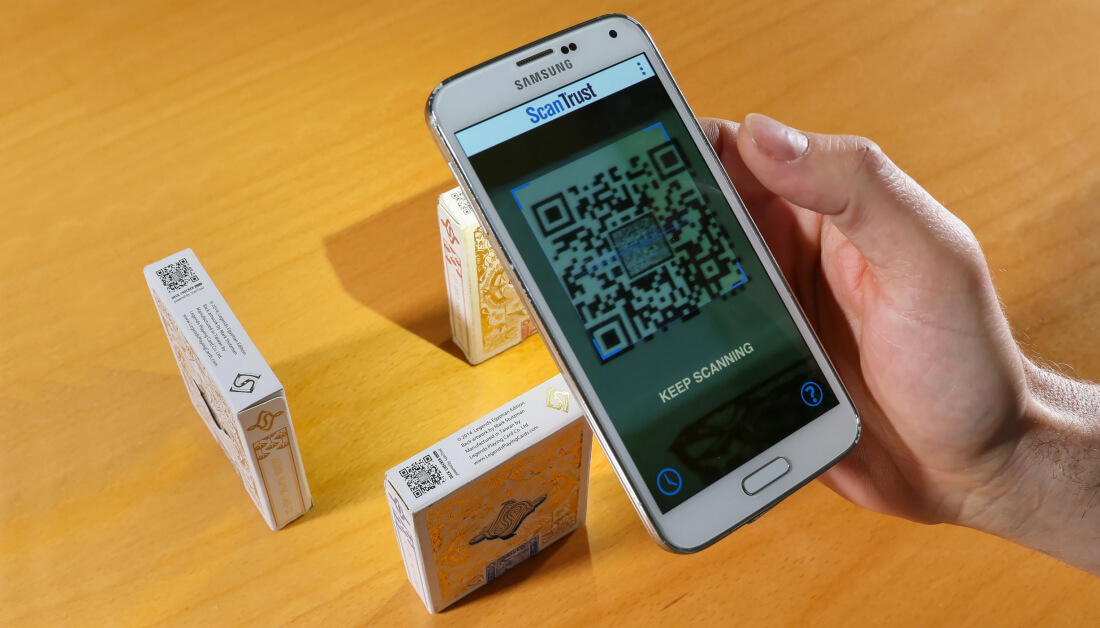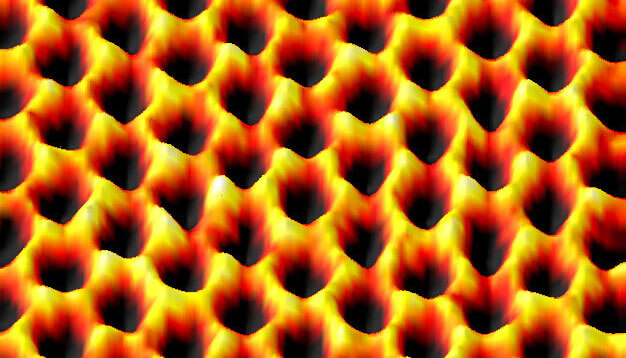Counterfeit products are a big problem for all kind of businesses. Clothes, purses, software, and numerous other products are cloned regularly. Revenue lost every year is estimated to be in the hundreds of billions of dollars and the problem has become so pervasive that Amazon and eBay have stepped up efforts to combat fake products.
Manufacturers have also tried hampering counterfeiting efforts by tagging their products with things like holograms, RFID, or other difficult to duplicate techniques. However, fakers have been able to figure out ways of reproducing these as well. Fortunately, a method is on the way that might just put an end to counterfeiting altogether.
Researchers at Lancaster University have developed a way to use graphene or other two-dimensional materials to authenticate products. The quantum technology can mark products with a unique "fingerprint" at the atomic level. Consumers, or even resellers, will then be able to scan the item's tag with their smartphone and run it against a manufacturer's database see if it is real or fake.
The technique is "unclonable" according to Dr. Robert Young, co-founder of Quantum Base, a spin-out company at Lancaster. It relies on the laws of physics and to replicate it one would have to be able to construct at the atomic level, which is impossible at this time. The principles it works under have to do with how crystalline structures like graphene are formed.
Graphene is a lattice of carbon molecules that is only one atom thick. It is considered a miracle material as it is stronger than steel yet as flexible as plastic, but its crystalline structure is what makes it ideal for authentication. The technology that the researchers at Lancaster have developed works by identifying the irregularities in two-dimensional substances.
In "close packing" materials like crystals, molecules line up in lattice formations stacked on top of each other. Due to variances in the way the tiny particles align, perfect lattices are never formed. This principle can be demonstrated using a single layer of ball bearings between two sheets of plastic as Steve Mould shows in the video below.
Just like the ball bearings, the atoms in two-dimensional materials create similar imperfections. Since each section of graphene would have its own irregularities, it would be virtually impossible to duplicate. Best of all, it can fit on any surface, so clothing, smartphones, or any other product made from any other material can benefit from it, even currency.
Quantum Base has a patent pending for the technology. The tags and the scanning app are expected to reach consumer markets by the first half of 2018. Cost and rate of adoption remain unannounced.

